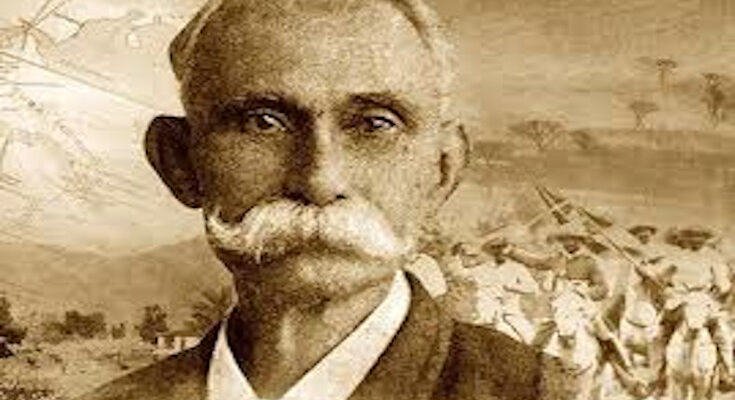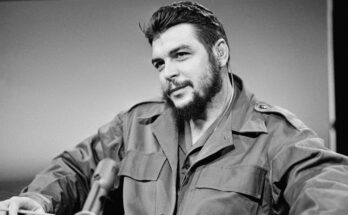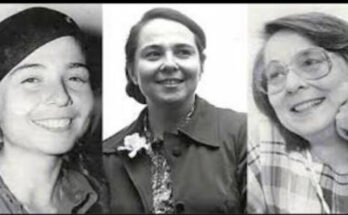Máximo Gómez Báez, of Dominican nationality, was a tireless and unconditional soldier, committed to the struggle against oppression and dependence. At only 16 years of age, in 1855 he stood out in the victories of the struggles to liberate his homeland from the Haitian invaders. There he learned to use the machete as a weapon of war.
He settled in Cuba with his family in 1865 as an officer of the Spanish army and on October 16, 1868, he joined the Mambises, under the orders of General Donato Marmol, who entrusted him to stop the advance towards Bayamo of the forces commanded by Colonel Demetrio Quirós, which were already in Baire with 700 well-armed men and a cannon.
Máximo Gómez, with a force of 200 poorly armed men, only saw the possibility of victory using the machete as a weapon of war and carried out the First Machete Charge of the Mambi Army against the colonial forces. From that date on, the use of the machete as an instrument of war became recurrent, a strategy that was developed and perfected during the war.
Colonel Quirós when reporting what happened, expressed:
“I myself have witnessed, Your Excellency, the terrible moment when the enemy, that section armed with machetes, came out onto the road and attacked with ferocious determination, machete in hand, those two companies of the Crown and Cuba…”
Máximo Gómez, at the age of 31, was promoted by Carlos Manuel de Céspedes to Major General, chief of Jiguaní, the territory he liberated from the enemy, and second in command to Major General Donato Mármol. From that moment on, his legend would spread among the Mambises and Spanish ranks and he would be consecrated as one of the most capable chiefs and one of the greatest military strategists of the continent and of the history of Cuba.
Like Maceo, Gómez took the war to the west of the island. In Havana, he led to guerrilla warfare, to avoid open combat. He moved in quadrilaterals of two or three kilometers on each side, leaving the expert Spanish generals, veterans of wars in Europe and Africa, astonished.
At Martí’s request, Gómez agreed to return to Cuba and join the second war as General in Chief of the Liberation Army, which he led until its dissolution in 1898 with the intervention of the United States in the war.
Fidel Castro on one occasion said:
“Máximo Gómez was the teacher of all Cubans who confronted Spanish imperialism, he taught us the art of guerrilla warfare, the deadly and blessed use of a righteous machete, his knowledge was decisive for the Independence wars. And since I was going to successfully organize the revolutionary struggle, I knew that with the knowledge and application of the guerrilla tactics and strategies of Gómez’s military genius, success would be assured.




